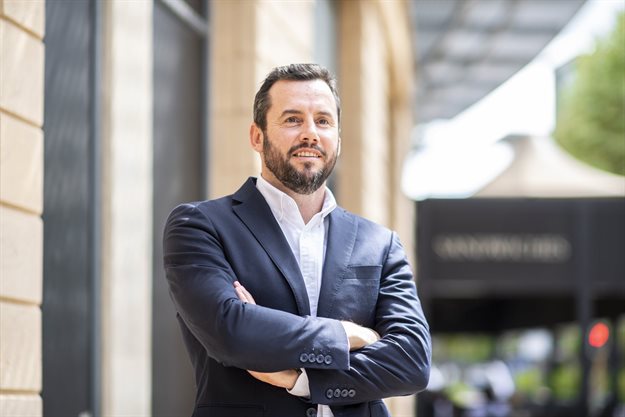Marketing & Media trends
Industry trends
BizTrends Sponsors
Trending
#BizTrends2021: The commercial property sector: Where to from here?

Rewind to just months ago, the industry saw clear signs of a return to ‘normality’. Employers of both corporates and SMEs were well on their way to introducing a hybrid model that saw employees coming back to the office a few days a week. Certain outliers indicated not only recovery but growth, as there was ongoing demand for industrial properties - largely due to the e-commerce and storage sector - and retail was showing strong signs of recovery.
Today, however, significant damage to commercial properties spells further devastation for the sector as it continues its road to recovery.
At this stage, both the short and long-term repercussions of these events are unknown. Looking back, the major trend has been operating costs escalating faster than underlying rentals causing negative growth for the landlord. We now anticipate increased security costs which the landlord will be unable to pass on to the tenants.
The riots in Durban, a prominent manufacturing hub, has had a compounding effect on the country’s national supply chain and economy.
Will insurers pay out?
Sapoa recently released a count indicating that over 161 malls, 11 warehouses and eight factories were extensively damaged, amongst damage done to countless stores and informal traders. To put the cost of the destruction in context, the Game warehouse in Durban measured approximately 50,000m2 and would be valued in excess of R500m - excluding the lost stock and cost of disruption.
Many of these properties are owned by listed funds, and while we are confident that many of the claims will be paid out, the timeframe remains unknown.
The majority of businesses with insurance will be covered by Sasria (South African Special Risk Insurance Association). Recent reports indicate that Sasria collected 11% more premiums than the previous year of around R2.4bn. They also enjoyed a claim decrease the year before, so their balance sheet is healthy.
That said, there is no clear indication that they hold significant enough reserve to cover the entire bill - thorough investigations need to take place and these can take up to a year.
There is also a trend of businesses being underinsured, largely due to the impact that high insurance premiums have on a business’s running costs. Take for instance chemical plants, their assets are so expensive that insuring them for their full value would have major implications on cash flow.
As many commercial property owners and tenants look to short-term fixes for the current damaged state of the industry, real recovery may only be possible by examining the root causes of the sector’s downturn.
Challenges started before Covid-19 and SA’s unrest
While Covid-19 has dramatically altered commercial real estate as we know it, this sector has been privy to pressure for years. Years of reduced demand and significantly lowered returns will take time to repair.
The origin of this shift is the World Cup in 2010 when the sector experienced a boom in demand for commercial real estate – particularly in Sandton - largely due to the introduction of the Gautrain. Unfortunately, many of these buildings are now bare and it appears that many overcapitalised.
In the last few years the industry had been under major pressure with many companies downscaling or opting to renew rather than relocate. In addition, landlord incentives to attract and retain tenants had the industry battling it out and losing significant margins. We saw companies renewing rentals at 20-30% discounts.
Industry players will need to rise to the challenge to turn things around.
We anticipate excess supply and significantly lowered rental rates to plague our sector for at least the next 2-5 years. But industry players are realising we need to get creative.
As an example of a creative approach to leasing, Galetti recently found a five-year lease for the iconic Media24 building in Cape Town by looking for efficiencies across the company’s portfolio. We found that we could consolidate Media24 into a smaller footprint in the building, enabling us to work with several companies to find a suitable sub-tenant. This creative use of office space is a win-win for both tenants and landlords and will become a major trend as the year continues.
Is it all bad news?
We believe that the current, depressed state of the commercial real estate sector could be a turning point for long-term recovery.
Our sector has been privy to pressure for years. Simply speaking, anything that happens at a macro-environmental level affects the commercial real estate sector and the pressure on the economy is directly felt by our industry. After all, businesses ultimately drive the demand for property.
Our role as businesses is to create employment and grow bigger sustainable businesses that will provide a future for the people of our country. Reinventing and reinvigorating our economy is something that everyone should be assiduously committed to.











